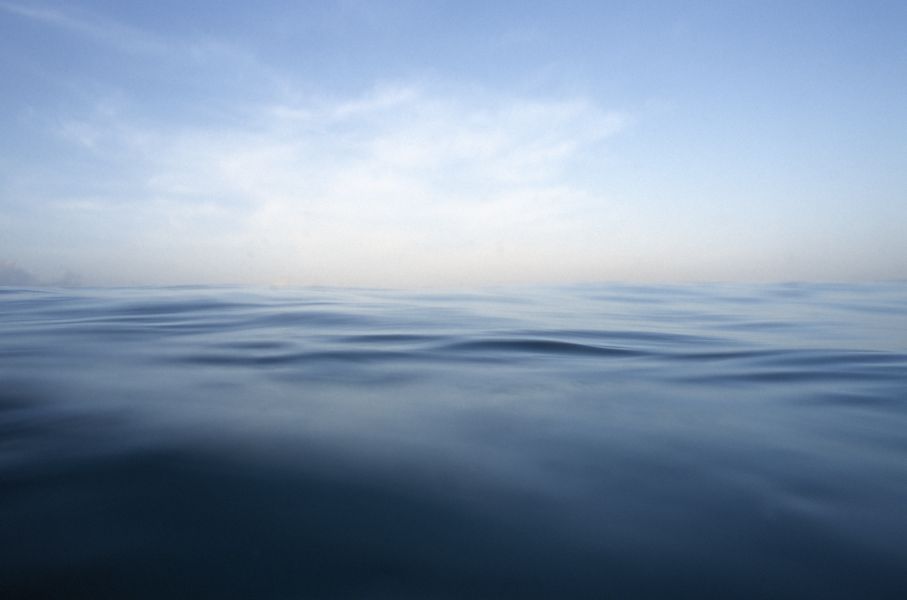Vinna við nýjar heimasíður Umhverfis- og orkustofnunar og Náttúruverndarstofnunar er í gangi. Heimasíða Umhverfisstofnunar er virk á meðan vinnunni stendur. Information in English
Water Framework Directive

Water Framework Directive in Iceland
Iceland is connected to the European Union as an EFTA country, through the Agreement on the European Economic Area (EEA). The WFD was formally taken into the EEA-agreement in 2009, granting the EFTA countries extended deadlines for the implementation. EFTA-counties reporting obligations are to the EFTA Surveillance Authority (ESA). The WFD was transposed into Icelandic regulation in 2011 and is normally referred to as Stjórn vatnamála or Vatnatilskipunin.
The Environmental Agency of Iceland is responsible for the implementation of the WFD in Iceland. Iceland is in its first RBMP cycle and will deliver its first River Basin Management Plan in 2021 which will go into force in 2022.
Iceland is one River Basin District, IS1. The District is divided into 4 Water Regions. In every Water Region there is a Water Region Committee. In the Water Region Committee there are representatives from the local authorities and the local health inspectorates. A representative from the Environmental Agency leads the Water Region Committees. The role of the Water Region Committees is to coordinate the work within each water region and gather information when it comes to the RBMP, PoM and the Monitoring plan. The local authorities (The local health inspectorate) also play an important role when it comes to the implementation, especially the Programme of measures.
Water Council is composed of five members from three Ministries and the Icelandic Association of Local Authorites. The Water Council is to advice the Minister of the Environment on the WFD by:
- Supervising a draft of RBMP, PoM and Monitoring program.
- Make a proposal to the Minister of the Environment on the confirmation of the RBMP, PoM and the Monitoring plan and their review, after the Environmental Agency has put forward the drafts.
- Monitors if the objectives of the WFD are reached and evaluates for example the costs on the state and local authorites.
Two Water Consultant Committees work with the Environmental Agency. One is a Water Consultant Committee of governmental institutes and inspectorates. The other one is a Water Consultant Committee of stakeholders, such as NGO‘s.
The role of the Committees is to be advisory for the Environmental Agency and the Water Council. They shall provide necessary data and information on which data are available.
The Icelandic Met Office, The Icelandic Institute of Natural History and The Marine and Fresh Water Research Institute provide data and expertise when it comes to the implementation of the WFD. The Environmental Agency makes contracts with those research institutions on the work they have to provide in order to implement the directive.
The Environmental Agency shall also produce a Program of Measures (PoM) and a Monitoring Plan (MP). When the Environmental Agency has made its proposal of the plans, the plans are subject to the Water Council which takes a position on the plans before they are publicly consulted. The Water Council makes a written statement to the Environmental Agency describing their position. The plans then go into public consultation and after that the Water Council makes a proposal to the Minister of the Environment who is the final authority for the confirmation of the plans.
Part of the implementation of the Program of Measures will be done by reviewing the existing pollution permits, also for private operators.
The Environmental Agency has been allocated with funds for the implementation of the WFD on the state budget and makes contracts with other relevant institutions in order to implement the directive. No special taxes are used for financing the cost of water management and measures.
Regarding measures, polluter pays principle will be applied. Relevant monitoring and measures will be a part of the permit of the relevant company that is causing pressures on the aquatic system.